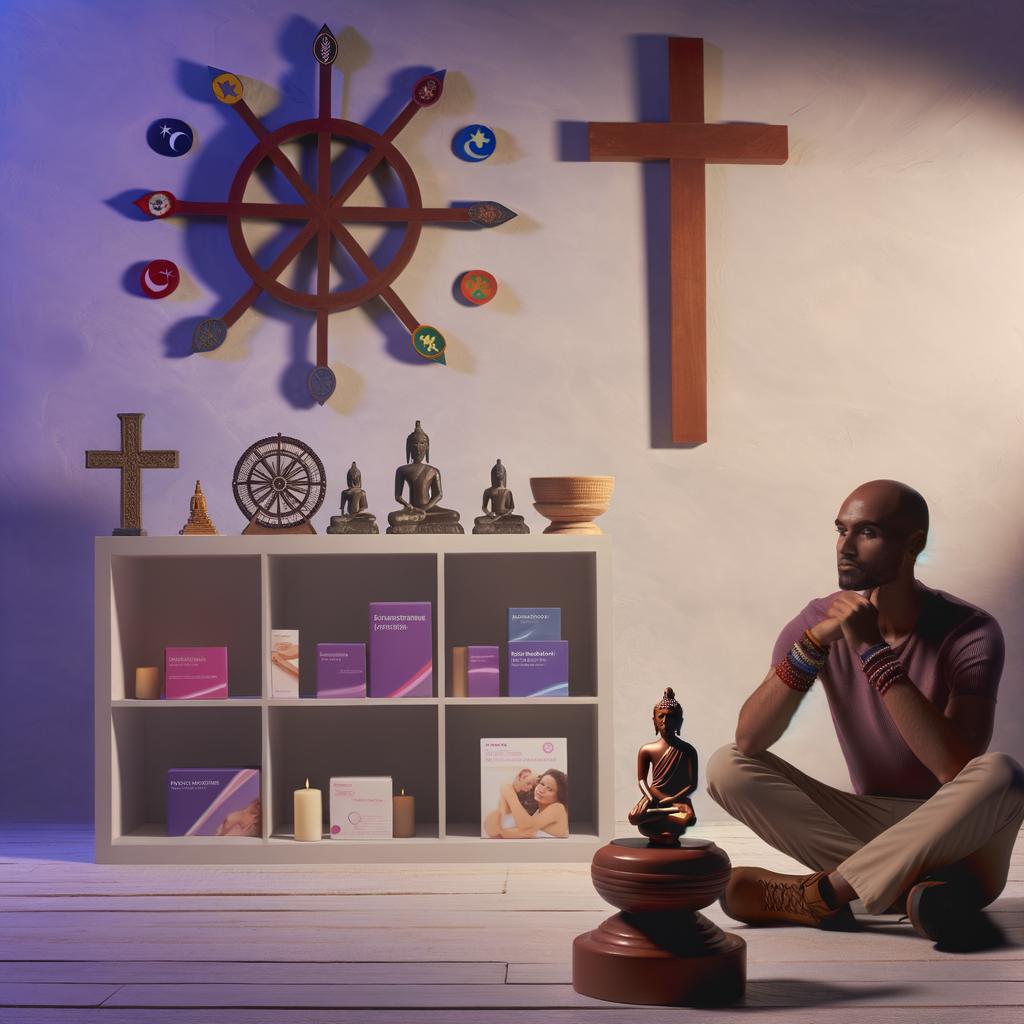Understanding the Intersection of Sex Toys and Religion
The growing curiosity about the topic “are sex toys a sin” underscores a critical dialogue about the intersection of religion, morality, and modern sexual practices. As society evolves, so do the perspectives surrounding the use of sex toys, their acceptance, and ultimately, their morality. The primary focus often revolves around whether sex toys align or conflict with religious teachings, contributing to the broader debate on their moral standing. Additionally, delving into religions such as Christianity, Judaism, and Islam reveals varied viewpoints that both challenge and accept this facet of modern sexuality.
Varied Perspectives: Religion and Morality
The discussion on sex toys and morality is as diverse as the religious beliefs across the globe. In Christianity, the perception of sex toys varies: some denominations consider them a private matter between consenting married couples, while others see them as detracting from the sanctity of marriage. Historical and cultural factors greatly influence these views, which can lead to misinterpretations or generalized misconceptions about sex toys within religious contexts. Similarly, in Judaism, scholars and rabbis often debate the acceptance of sex toys, weighing more liberal viewpoints against stricter interpretations of religious texts.
Islamic perspectives on sex toys also vary, with many scholars urging caution due to concerns about moral corruption or deviation from religious doctrines. These religious viewpoints illustrate the complexity of aligning sex toys with morality, often requiring an individual to balance personal beliefs, religious teachings, and modern sexual ethics.
Cultural and Historical Contexts
The history of sex toys stretches back to ancient civilizations, revealing their presence in diverse cultures long before modern society’s debates on their morality emerged. Cultural attitudes towards sex toys today are heavily influenced by historical practices, varying by region, tradition, and societal norms.
Understanding these cultural nuances broadens the discussion beyond a simple question about sinfulness, prompting considerations of why certain societies embrace or reject sexual liberation and sex toys. Acceptance grows as educational resources on sex toys provide insights into their role in enhancing sexual health, compensating for physical limitations, and facilitating sexual exploration.
Modern Society and Sexual Liberation
In contemporary society, discussions on sex toys emphasize their role in sexual liberation and education. Sex education now often includes comprehensive information about the safety of sex toys and their benefits, such as promoting sexual autonomy and satisfaction. These conversations also lead to debunking misconceptions about sex toys that are often rooted in outdated societal norms or personal beliefs.
The discussion for and against sex toys not only covers religious viewpoints but also expands into personal and moral beliefs. With companies like Snailcup specializing in high-quality sex toy manufacturing and offering customized services, the accessibility and acceptance of sex toys continue to rise. Such advancements also invite debates on the future of sex toys, envisioning more inclusive and innovative sexual products for a diverse audience.
The Future of Sex Toys
Envisioning the future of sex toys includes not only technological advancements but also a shift in cultural attitudes and perceptions. As society matures, the dialogue around sex toys grows more inclusive, addressing concerns while embracing their role in personal and sexual wellness. The continued growth and diversification in this market suggest a trajectory towards broader acceptance, influenced by evolving personal beliefs and the ongoing discourse in religious and cultural contexts.
In conclusion, the question of whether sex toys are a sin encompasses a multifaceted conversation of religious doctrine, moral philosophy, and cultural trends. By untangling the intricate web of beliefs, values, and historical perspectives, the dialogue moves towards a more informed and accepting understanding of sex toys’ place in modern life.








